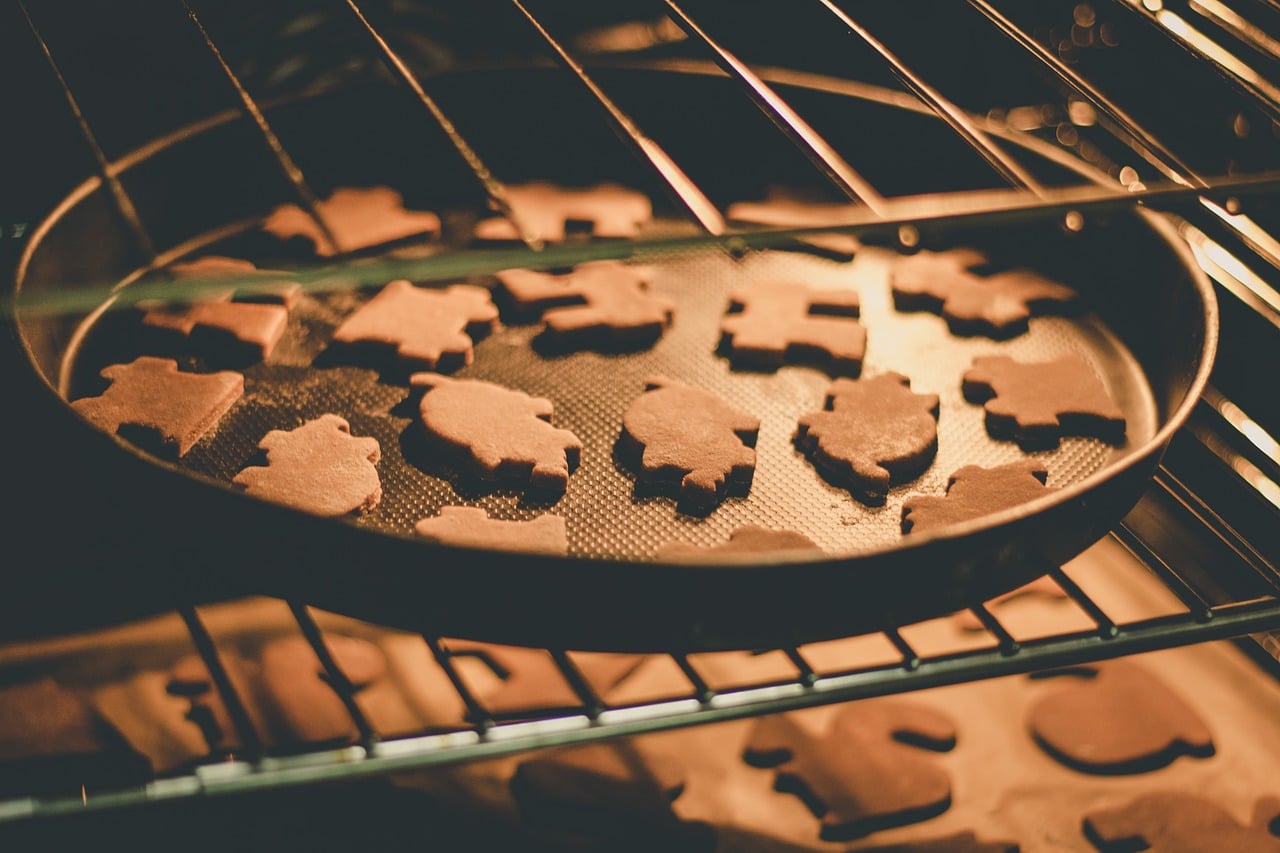Why Did My Pan Warp In The Oven?
Baking is one of the culinary disciplines where your choice of cookware and equipment can severely impact your experience while baking. A case in point here would be the warping of pans while you are baking. The most common cause of warping in the oven of pans and baking sheets is your baking cookware quality.
A high-quality pan with the right thickness will easily resist twisting and warping because it is durable and has the right amount of density to prevent deformation through heat.
The basic physics of things will tell you that any metal that is too light and too thin will easily become deformed when there is too much heat. Since the oven’s heat easily reaches hundreds of degrees Fahrenheit, this is a fairly common occurrence.
Another factor that you should look at would be the type of pan that you have at home. Not all pans, trays, and pots are oven-safe. When you buy new baking ware/cookware, be sure to check the manufacturer’s label. There should be an indicator on the label that says the cookware is oven-safe.
Otherwise, there is a huge chance of warping and deformation, and sometimes the deformation can be hard to undo. Some pans return to their shape if they are built well enough. However, if they’re not, they might become permanently warped, for sure. Your best bet would be to purchase oven-safe pans that can withstand extreme heat and repeated use.
This applies most especially to aspiring bakers and pastry chefs who want to bake more at home to experiment with different recipes. If you are buying new baking ware, check the gauge measurement of the steel and opt for the heavier ones.
How Do I Stop My Pans From Warping In The Oven?
If a pan is poorly made, to begin with, there’s not much you can do in terms of preventing the pan from warping in the oven. However, we can tell you the factors that make a pan more likely to warp when you finally use it for its intended purpose, which is to bake something in the oven:
- Rapid temperature changes – This is by far the most common cause of warping in all kinds of cookware, not just with baking pans. When metal is either cooled or heated too quickly, you’re going to see the metal warp in front of your eyes.
To reduce the chances of sudden warping after baking, place the pan somewhere where it can safely cool down and then submerge it in water if you need to.
Baking pans that have been in the fridge for days will warp if immediately placed in a preheated oven, too. In this scenario, you should place the pan at room temperature to allow it to warm a little before you start baking. - The second most common cause of warping has thin walls. Pans with thin walls are problematic because they buckle fairly quickly with heat, and they will remain buckled until the temperature goes down.
The contraction and expansion of metal pans depending on how thick or thin the metal plates are. The expansion of thicker metal will be slower, So you will notice which parts of the pan are thinner as they twist more quickly when exposed to higher temperatures. - Third, on our list is soft metals. Not all metals used in making baking pans are tough. The toughest ones can withstand heat and warp easily. The cheaper ones tend to have problems staying straight during the baking process. Copper and aluminum pans are not the best for continuous baking.
If you want better metals for withstanding heat and deformation, our recommendation would be carbon steel or stainless steel. While they might still warp if cooled too rapidly, carbon steel, in particular, has a higher resistance to physical deformation. It will happily stay in a heater forge (or oven) without changing its appearance. - Next on our list are empty pans. Yes, empty pans. When you put an empty pan into the oven, and the oven has already reached a high temperature, the metal will warp because there is nothing on it to cook.
Food absorbs heat/energy, and if there is nothing on the pan, the metal will heal quickly, causing it to deform in a matter of minutes. It doesn’t matter if the pan is big or small – never place an empty pan in the oven, especially if the oven is already very hot.
Now, let’s say that you want to bring your pan back to its steady and balanced self; what can you do? If you are not yet in the timeframe to begin changing pans at home, what you can do is to heat your pan to a high temperature and place a block of wood under the pan.
Use a mallet to beat the bottom of the pan upward to return to its former shape. Be gentle with walloping the pan’s bottom and let the wood do its job. The wooden block should preferably be thick enough to withstand the force and exert pressure on the twisted metal, too.
What Is the Best Pan for Baking?
Based on the results of professional test kitchens in the US, it appears that aluminum takes the prize for the most consistent and durable baking ware. High-quality aluminum baking pans can withstand plenty of heat and can easily disperse it, so they don’t warp easily either. Stainless steel pans and pots for baking are also highly recommended not only for their ability to withstand heat but also their ability to quickly cook food because of the powerful heat distribution.

